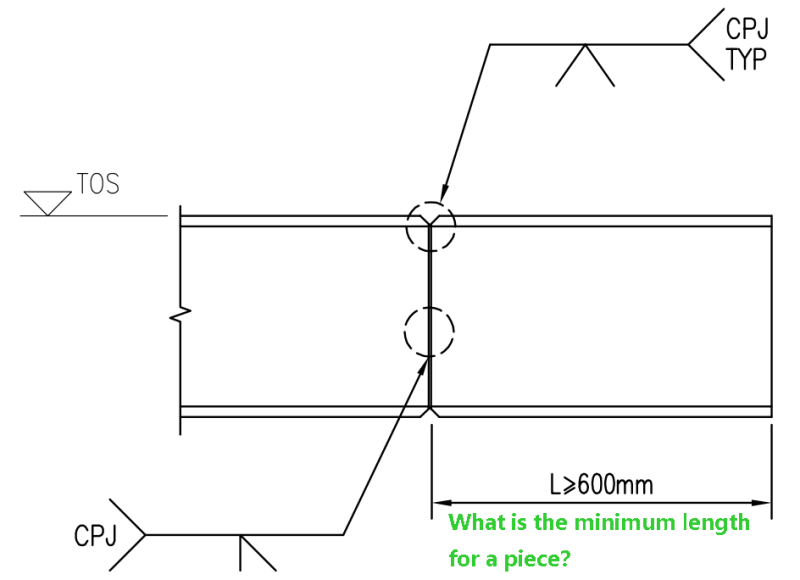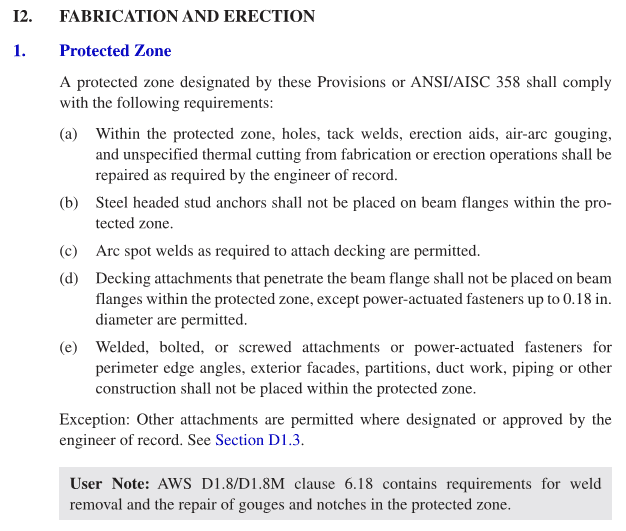tmgczb
Structural
- May 12, 2021
- 174

What is the minimum distance between the splice and column base?Are there any American codes containing some requirement?
Follow along with the video below to see how to install our site as a web app on your home screen.
Note: This feature may not be available in some browsers.
phamENG said:Indeed there is. It gives requirement of distance between column splice and beam-to-column flange connection. Thank you very much.
phamENG said:Very good experience.Where is the gas station located?


